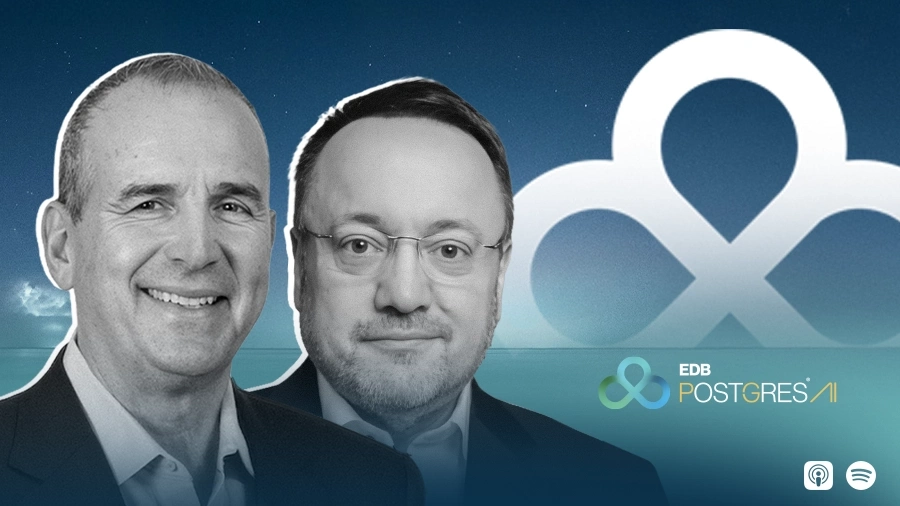Have data requests become the blueprint for obsolescence? Some BI teams inundated with data may confirm that to be true. As leaders ask for insight and analysts build the reports looking for the perfect answers, seemingly the business has already moved on. Keeping data as a strategic tool before it becomes a historical artifact remains a top challenge for BI teams and companies alike.
For Richard Harris, VP and Head of Data & AI at Valtech, the gap between a business question and an actionable answer continues to stretch, rendering even the most powerful data obsolete on arrival.
Data deluge: The insight lag isn’t a new problem, but its severity is. Harris notes that the sheer complexity of AI implementation in modern business has pushed traditional data practices to a breaking point. "It was easy 10 or 15 years ago when I started in this career, but now it's hard," he says. "There's more data being collected from various sources, more marketing channels, and more ways a user can interact with the brand. Today, it's really hard to get to those fine-tuned questions through traditional BI means."
The quarterly trap: This data overload creates a reactive process that negates the value of a company's own BI. "Imagine you need to reallocate your marketing budget for Q2," Harris says. "It takes three months to build and validate a model. By the time we tell you how to activate, Q2 is over. So you start the process again for Q3, and by the time that’s ready, it's September. The opportunity is gone."
AI, however, collapses that timeline, empowering leaders to ask questions that were previously impossible to answer in a relevant timeframe. Instead of waiting for a quarterly model, Harris explains, the conversation becomes immediate and actionable: "This allows you to ask, ‘I have this much more budget right now. Where should I put it, and how should I be targeting those users?’"
An accelerator, not a replacement: According to Harris, the solution is not to replace human experts but to set them free. This is where AI’s true role comes into focus. "The big thing I want to get across is that AI is not the replacement; AI is the accelerator," he states. "It accelerates outcomes for businesses, it accelerates a team's ability to act on these outcomes, and it accelerates smarter, data-backed decisions instead of everything being gut feelings." The dialogue with data evolves from simple historical queries to predictive questions about customer churn, and finally to strategic co-creation on the best re-engagement campaigns, empowering skilled BI teams to focus on higher-value work.
The new electricity: His philosophy is grounded in a historical view of technology. Harris is not nervous about AI’s potential to automate jobs because he believes it represents a timely foundational change in infrastructure, not just a job-replacement tool. "AI is really like the new electricity right now," he explains. "A lot of people are using it to turn on and off light bulbs, but we know it powers technology, it powers servers, it powers so much of our life. AI is really that next step."
Another dot com moment: Grounding in where we are today, he closes out on a positive note: "It's kind of like the dot com boom. Everyone thought their jobs weren't going to be created, but my entire industry came from the dot com boom," he says. "This conversation we're having came from the dot com boom. Your job came from the dot com boom."









